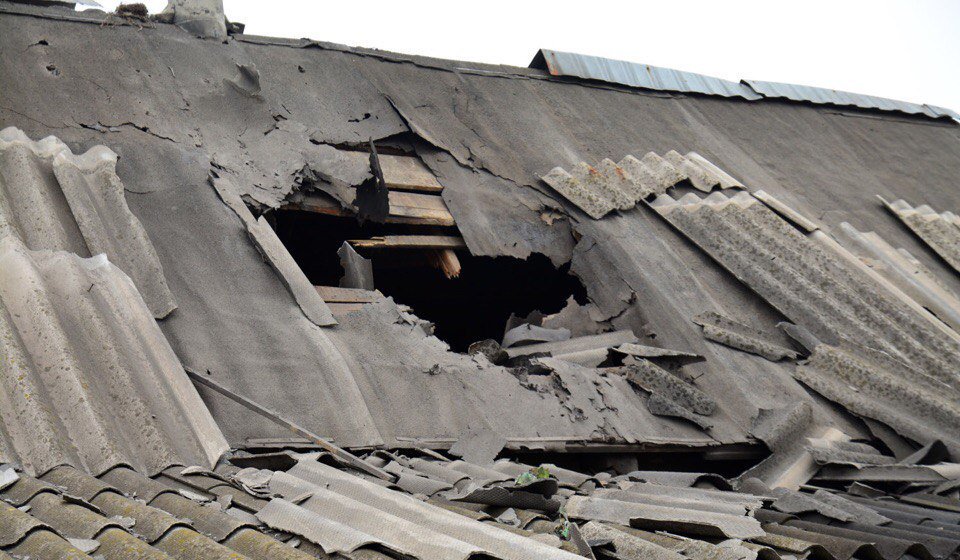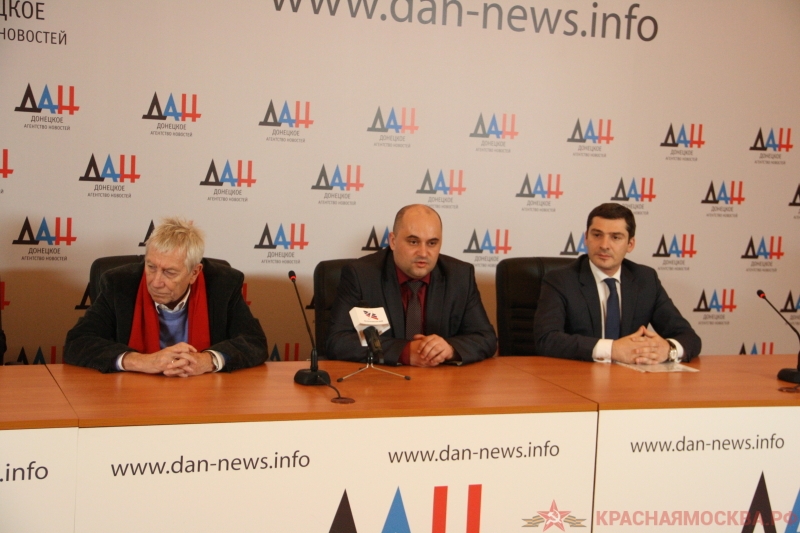Lviv - Volunteers in Lviv are producing identification tags for the fighters on their petition, while the Ministry of Defense is holding tenders and promises to provide individual dog tags to privates and sergeants. There are still some superstitions among the soldiers about ‘deadly dog tags,’ which is why the volunteers decided to make talismans.
Tender, money and no tags
 The cost of one dog tag is 40 Hryvnia. They are produced by a company owned by the Infantry Academy using charitable funds.
When an officer or an ensign are given a personal number, they get the tags together with the certificate, says spokesman of the Western regional media center of the Ukrainian Defense Ministry Oleksandr Poroniuk.
“Privates from Ukraine also have tags. I have one of those myself. It is not expensive, made of aluminum, a couple of grams of it. The people who go to the ATO are not given new tags,” says colonel Poroniuk.
During the times of the Soviet Union and the years of Independence, the servicemen who went to hotspots with peacekeeping missions were given identification tags.
When combat broke out in Eastern Ukraine, the public demanded that the Defense Ministry issue tags to all Ukrainian servicemen. There is an according order #333 ‘On the approval of the instructions to organize the accounting of the personnel in the Ukrainian Armed Forces,’ which states that by November 1 lists of servicemen should have been made, and by January 15, 2015 all privates and sergeants would receive their dog tags. However, it is unclear when it will happen in reality. At the end of October, the Defense Ministry announced a tender to produce 60 thousand tags for almost 1,8 million UAH. So each tag would cost a little less than 30 UAH. Overall, the Ministry put aside 3 million UAH for the production of dog tags for the Ukrainian army.
The cost of one dog tag is 40 Hryvnia. They are produced by a company owned by the Infantry Academy using charitable funds.
When an officer or an ensign are given a personal number, they get the tags together with the certificate, says spokesman of the Western regional media center of the Ukrainian Defense Ministry Oleksandr Poroniuk.
“Privates from Ukraine also have tags. I have one of those myself. It is not expensive, made of aluminum, a couple of grams of it. The people who go to the ATO are not given new tags,” says colonel Poroniuk.
During the times of the Soviet Union and the years of Independence, the servicemen who went to hotspots with peacekeeping missions were given identification tags.
When combat broke out in Eastern Ukraine, the public demanded that the Defense Ministry issue tags to all Ukrainian servicemen. There is an according order #333 ‘On the approval of the instructions to organize the accounting of the personnel in the Ukrainian Armed Forces,’ which states that by November 1 lists of servicemen should have been made, and by January 15, 2015 all privates and sergeants would receive their dog tags. However, it is unclear when it will happen in reality. At the end of October, the Defense Ministry announced a tender to produce 60 thousand tags for almost 1,8 million UAH. So each tag would cost a little less than 30 UAH. Overall, the Ministry put aside 3 million UAH for the production of dog tags for the Ukrainian army.
Wartime superstition
Meanwhile there still exists a superstition among many servicemen that putting on dog tags means attracting death. This superstition stems from the times of the Soviet-German war, the soldiers of the Red Army, says historian, war history scholar Yaroslav Onishchuk. “At the beginning of the Soviet-German war, they introduced tags, so-called ‘suicide tags,’ in ebonite capsules, which contained a piece of paper with the soldier’s personal data. However, the tags were not very hermetic. There were strange superstitions in the Red Army, the soldiers thought that if they wrote down their information on the paper, they would be killed. They carried needles, thread, other small things in those capsules. In the beginning of 1942, they introduced a ‘Red Army’ booklet, which, of course, cannot be preserved. But a German soldier’s tags can still be deciphered today,” says the scholar.
In Western Ukraine personal tags appeared during World War I. They were used by the German and Austro-Hungarian army, the Sich Riflemen also wore them. The German army had the best quality. During World War I they were rounded pieces of metal which broke in two. During World War II the Germans did not indicate their surnames, only their numbers, for the sake of their own safety and that of their families. The information was preserved in the central archive in Berlin.
Every army has its own identification for soldiers – some, like the German army, can break their tag in two, American soldiers wear two tags. However, it is essential that each Ukrainian fighter have their own tag, says the scholar. The lack of any personal data, identification makes searching for missing soldiers more difficult. The families of those who died on July 11 near Zelenopillya are still awaiting identification.
“At the beginning of the Soviet-German war, they introduced tags, so-called ‘suicide tags,’ in ebonite capsules, which contained a piece of paper with the soldier’s personal data. However, the tags were not very hermetic. There were strange superstitions in the Red Army, the soldiers thought that if they wrote down their information on the paper, they would be killed. They carried needles, thread, other small things in those capsules. In the beginning of 1942, they introduced a ‘Red Army’ booklet, which, of course, cannot be preserved. But a German soldier’s tags can still be deciphered today,” says the scholar.
In Western Ukraine personal tags appeared during World War I. They were used by the German and Austro-Hungarian army, the Sich Riflemen also wore them. The German army had the best quality. During World War I they were rounded pieces of metal which broke in two. During World War II the Germans did not indicate their surnames, only their numbers, for the sake of their own safety and that of their families. The information was preserved in the central archive in Berlin.
Every army has its own identification for soldiers – some, like the German army, can break their tag in two, American soldiers wear two tags. However, it is essential that each Ukrainian fighter have their own tag, says the scholar. The lack of any personal data, identification makes searching for missing soldiers more difficult. The families of those who died on July 11 near Zelenopillya are still awaiting identification.





